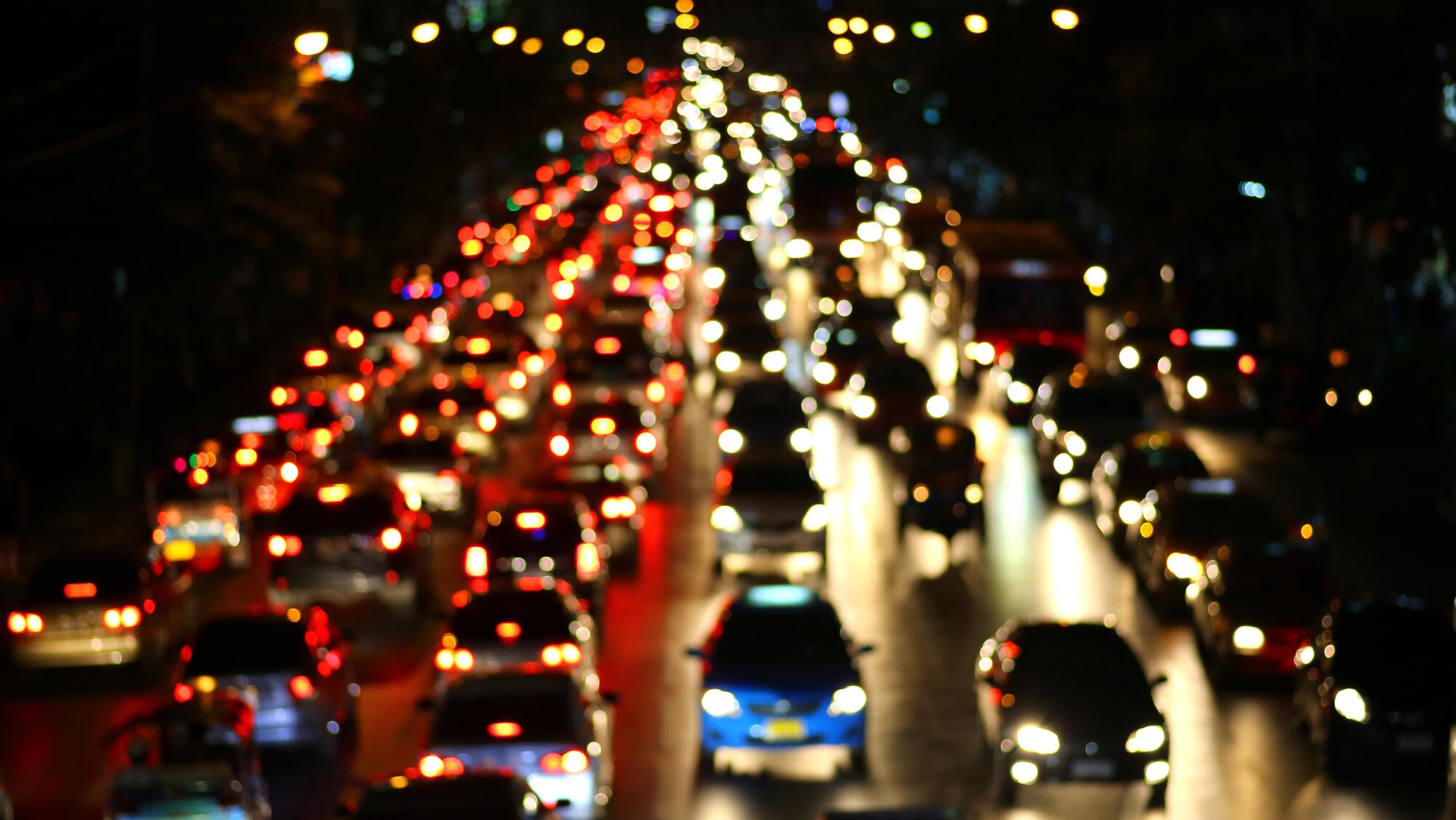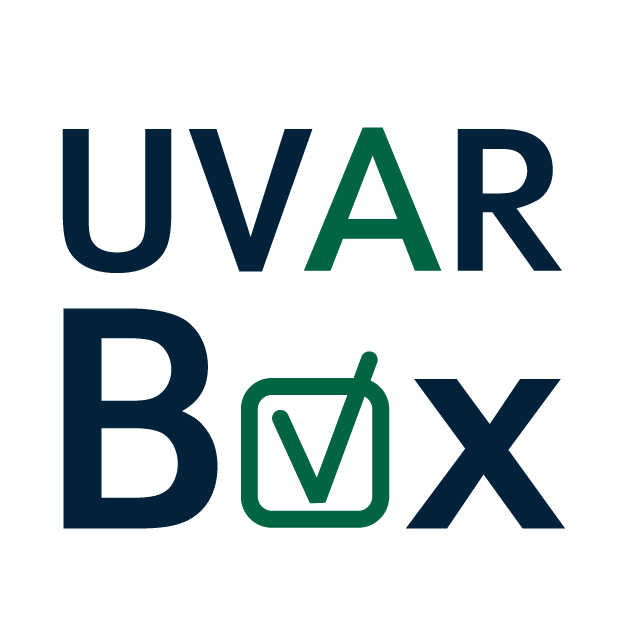UVAR Box asks experts for opinion on access regulations
Before the EU-funded 'UVAR Box' project can start its digitisation process of urban vehicle access regulations (UVARs) across multiple EU Member States, it first needs to assess the state of play of UVARs in urban municipalities across various European countries.
What are UVARs?
UVARs are rules for traffic entering cities. They regulate access to specific urban locations according to vehicle type, age, emissions category – or other factors such as time of day, or day of the week. They aim at reducing emissions, congestion, or at keeping urban areas free for non-motorised traffic. UVARs exist in different forms, such as Low Emission Zones, Limited Traffic Zones like lorry driving bans, Congestion Charging Schemes, but also Pedestrian Zones, or certain Parking Regulations. They are very different from one city to another, in their content as well as in their format.
What is UVAR Box?
UVAR Box is a two-year EU-funded project, started in September 2020. It aims at harmonising and digitising urban vehicle access regulations in the EU. To this end, it will develop an UVAR data structure, which will be the basis of a machine-readable format based on DATEX-II standards, enabling the digital communication, harmonization and management of UVARs. National experts, called Country Coaches, will lead the local implementation of the digitisation plans, in close cooperation with the responsible national administrations. Learn more about the UVAR Box project here.
What is the aim of this questionnaire?
This questionnaire is a tool to collect cities’ input on processes around the creation and the management of UVARs. Cities’ input will be used to develop the UVAR data structure supporting the development of a machine-readable format. It will enable the transmission of UVAR data to the National Access Point, and its take-up by navigation systems or mobile applications, thus facilitating the accessibility of UVAR information and the respect of the measures.
Who will benefit from digital UVARs?
Various groups have direct benefits from digitised UVAR information, which will be directly integrated in traffic planner solutions or digital applications. For example, non-resident drivers entering a city have the opportunity to avoid zones they are not allowed to drive in, by receiving the information ahead of their trip or in real-time through their smartphone. From another point of view, freight forwarders operating in urban environments can adjust their route, vehicle, time and date according to UVAR legislation, in order to reduce the traffic burden within cities. Learn more about the potential use cases here.

